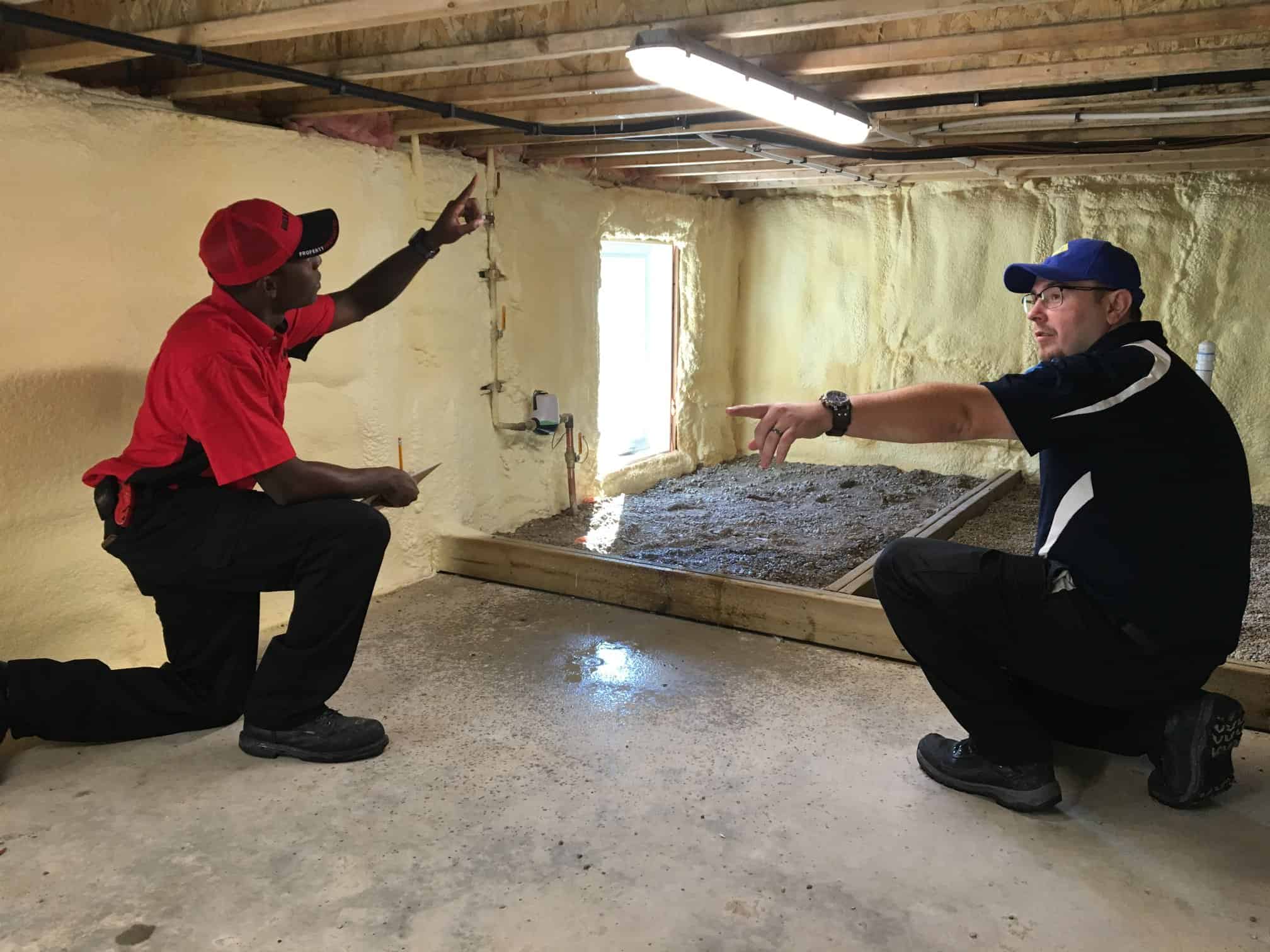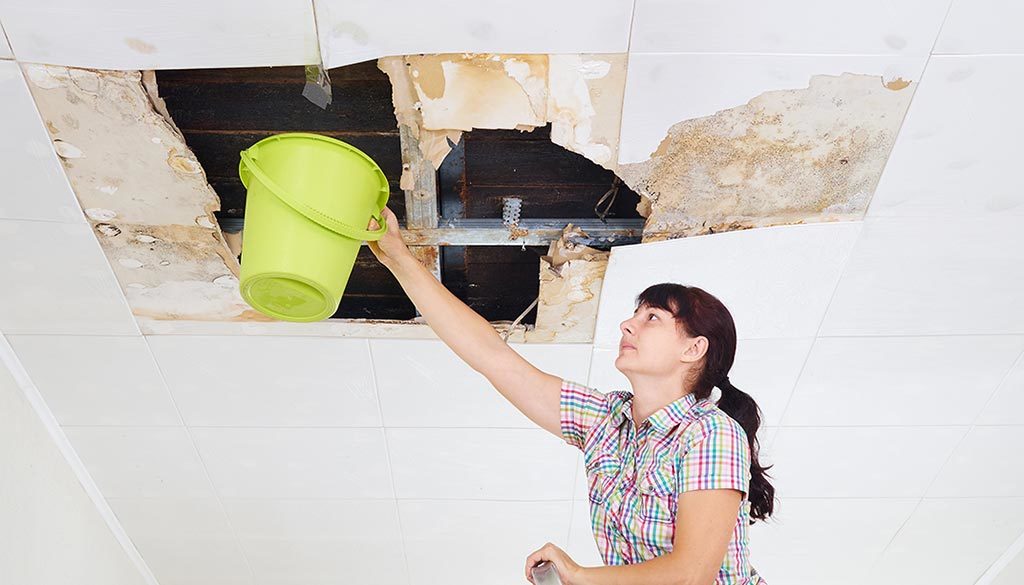The Refine of Water Damages Clean-up: Ensuring Your Home Is Recovered Properly
Water damages can be an overwhelming challenge for homeowners, requiring a organized and meticulous cleanup process to restore safety and capability. A comprehensive analysis is essential to identify the degree of the damage and identify the appropriate remediation actions. Following this, efficient water extraction strategies play an essential role in minimizing further damage. The subtleties of drying, sanitizing, and ultimate remediation are just as crucial and often overlooked. Understanding these phases can make a significant difference in the end result of your home's repair, triggering a closer look at what each action requires.
Examining the Damage
Upon finding water damages, the initial step is to thoroughly evaluate the degree of the effect. This first analysis is essential, as it assists figure out the needed actions for reliable cleaning and restoration. Begin by inspecting the impacted areas, consisting of walls, ceilings, floors, and personal possessions, to identify the source of the water intrusion, whether from flooding, leaks, or condensation.
Recording the damages is important for both insurance policy cases and planning remediation efforts - damage restoration services. Use pictures and composed notes to catch the severity of the damages, keeping in mind any kind of damaged structural aspects and materials. Pay special interest to areas that may not be quickly noticeable, such as behind wall surfaces and under carpets, as hidden dampness can lead to more complications, including mold development
Additionally, analyze the timeline of the water exposure. Eventually, a comprehensive evaluation lays the groundwork for an effective water damages cleanup procedure, making sure that all impacted locations are addressed properly and completely.
Water Extraction Strategies

Professionals normally employ submersible pumps for larger volumes of water, which can promptly reduce flooding in cellars or various other influenced areas. For smaller amounts, wet/dry vacuum cleaners are often made use of to draw out recurring dampness from carpetings and tough surfaces. Furthermore, utilizing portable extractors permits for targeted removal in restricted spaces or locations with delicate products.
In circumstances of polluted water, such as sewage or floodwater, advanced extraction techniques may entail the use of biohazard equipment to make certain safety and security and conformity with health regulations. High-powered extraction tools are vital in reducing water retention in structural products, which can bring about mold development and structural damage if not dealt with without delay.
Eventually, the performance of water removal techniques plays an essential role in the general success of the water damages cleaning procedure, laying the foundation for succeeding restoration efforts.
Drying and Dehumidification
When standing water has actually been properly drawn out, the next vital phase in the water damage clean-up process is drying out and dehumidification. This step is important to protect against more damage and mold and mildew development, which can happen within 24 to two days in moist atmospheres.
To achieve reliable drying out, customized tools such as industrial-grade air movers and dehumidifiers is employed. Air movers circulate air throughout damp surfaces, boosting evaporation rates, while dehumidifiers decrease humidity degrees in the air, advertising a helpful setting for drying out. The mix of these devices makes sure that moisture is extracted from floorings, wall surfaces, and furnishings, permitting them to completely dry extensively.
It is very important to check the drying procedure carefully. Professionals commonly utilize moisture meters to assess more helpful hints the dampness web content in different materials, ensuring that all impacted locations get to acceptable dry skin levels. This precise approach helps to stop covert moisture pockets that could result in structural damage or undesirable mold development.

Cleansing and Sterilizing
After the drying and dehumidification stage is complete, the following crucial action in water damages clean-up is cleaning and disinfecting the influenced locations. This process is essential to avoid the growth of mold and mildew, microorganisms, and various other virus that thrive in damp environments.
The cleaning stage generally involves eliminating any particles, dust, and impurities from surfaces utilizing specialized cleansing representatives. For difficult surface areas, a mix of soap and water or commercial cleaning items is commonly used. Soft materials, such as furniture and rugs, may call for much more substantial cleaning approaches, including steam cleaning or deep removal techniques, to guarantee detailed cleanliness.

Sterilizing adheres to cleansing, making use of EPA-approved disinfectants to eliminate dangerous microbes. This action is essential, particularly in areas that may have come into contact with floodwaters or sewage, as these sources can position major health risks.
Additionally, it is essential to deal with any type of staying odors, which may call for making use of smell neutralizers or innovative strategies like ozone therapy. Appropriate cleaning and sterilizing not only restore the safety and security and health of your home however likewise prepared for successful restoration and repairs in succeeding phases of the water damage cleanup procedure.
Reconstruction and Repair Services

When the evaluation is full, reconstruction initiatives can start. This generally entails fixing or changing broken products, making certain that all job follows local building codes and see standards. As an example, if drywall has been compromised, it will certainly require to be gotten rid of and changed with brand-new product. Additionally, flooring may require comparable attention, relying on the level of water direct exposure.
It is critical to involve seasoned repair specialists throughout this process, as they possess the know-how to manage complicated repair work successfully. They can assist mitigate prospective future issues, such as mold and mildew growth or architectural instability, thus making certain a habitable and secure living atmosphere. Inevitably, efficient reconstruction and repair work recover the home's stability and boost its general worth.
Conclusion
In verdict, the process of water damage cleaning is vital for recovering a home to its pre-damage condition. Each stage, from assessing the damages to applying effective water removal strategies, followed by detailed drying, disinfecting, and necessary repair services, plays a necessary role in making certain safety and conformity with building requirements. Reliable implementation of these steps not only alleviates prompt damage however additionally boosts the long-term honesty and worth of the residential or commercial property.
Water damages can be a challenging challenge for property owners, necessitating a structured and precise cleaning procedure to recover safety and security and capability. Inevitably, a thorough evaluation lays the groundwork for a successful water damages clean-up procedure, making sure that all affected locations are dealt with effectively and completely.
Effective water removal techniques are necessary in reducing damages and avoiding more issues following a water invasion occasion.In final thought, the procedure of water damage clean-up is critical for bring back a home to its pre-damage problem. Each phase, from examining the damages to implementing efficient water removal techniques, complied with by thorough drying, sterilizing, and required repair services, plays a necessary role in making certain safety and conformity with building standards.